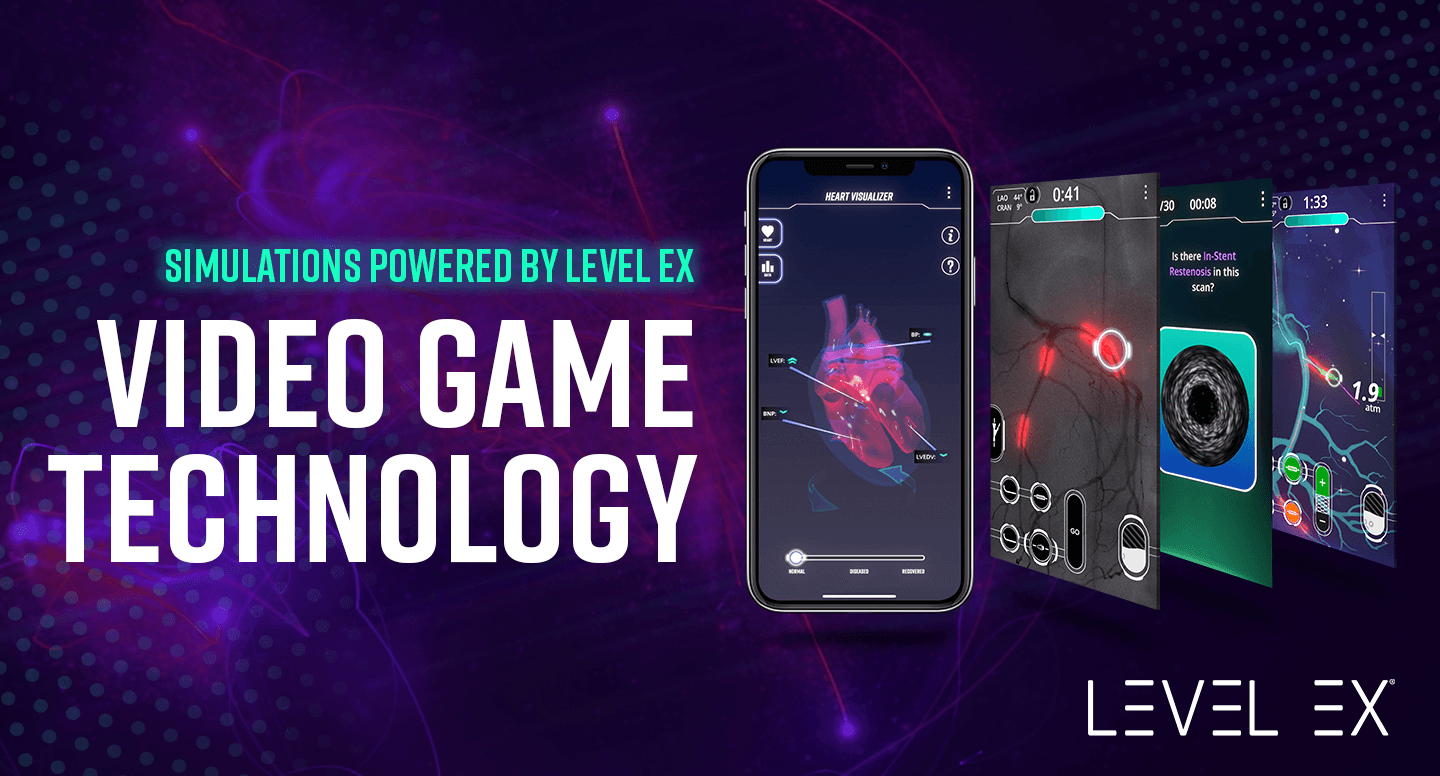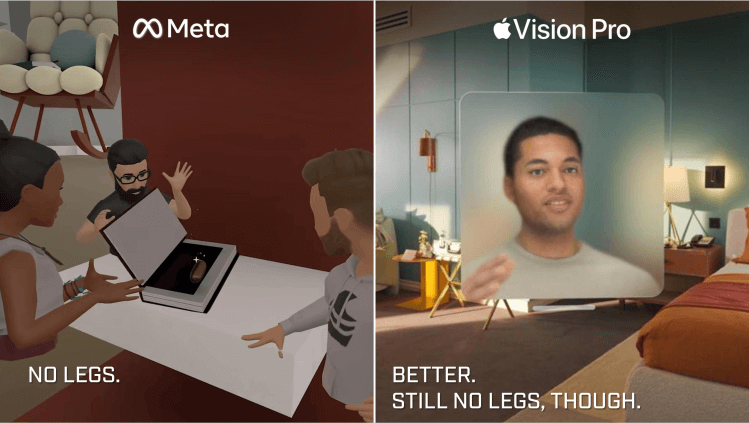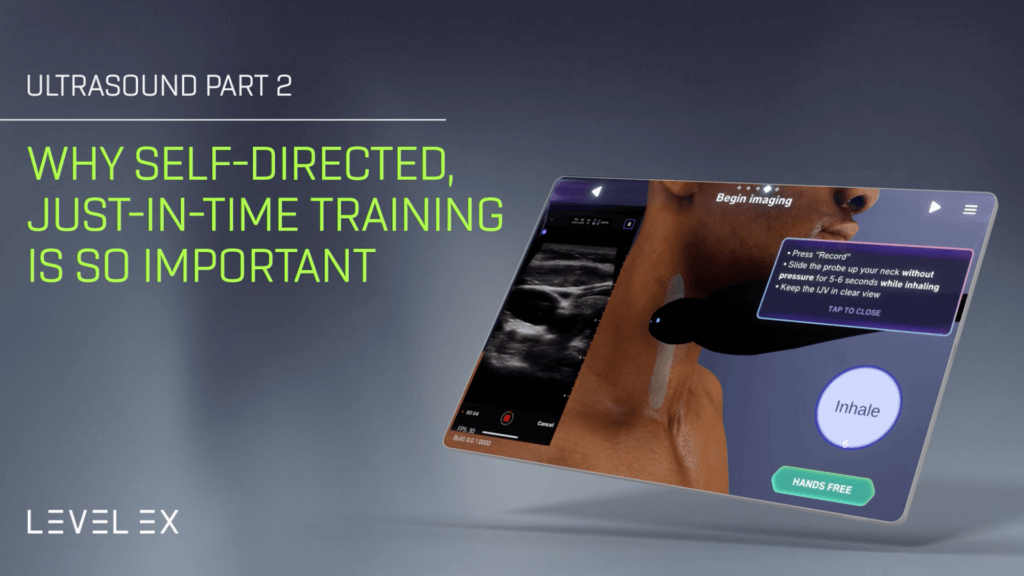
Beyond What the Eye Can See: Redefining the Role of the Radiologist
The Radiology Society of North America (RSNA) Annual Meeting is where new ideas and technologies that redefine what it means to work as a radiologist will come to life. Glance at the RSNA 2021 agenda, and one thing is clear: change is at hand that will do just that.
The industry is ripe for innovations that make a radiologist’s job more manageable1 and improve patient care. At least 45% of radiologists are experiencing burnout2 due to factors like context switching between different imaging modalities, increased exams using advanced modalities, and the sheer volume of work.3 Artificial intelligence (AI) is one solution that radiologists and vendors are further exploring; it permeates RSNA’s “hot topics” session category, compounded with an AI showcase and 180 exhibitors on AI and machine learning.4 Also evident is increased interest in cloud computing and teleradiology, which skyrocketed during the pandemic.5
With continuous medical device developments in radiology and work tasks that rely on cutting-edge technologies,6 how can radiologists and radiologic technologists keep up with the learning demand? Current trends in radiology point to cloud-based training as an effective tool for convenient continuing education for rapidly emerging radiology technologies and for driving standardized care.
As a product manager at Level Ex, I’ve been working with my teammates for years on how to highlight the critical information a physician needs to know and translating it into a compelling experience. Medical professionals today need to rapidly sift through which new technologies are truly innovative and which are less impactful. To redefine someone’s work, you need to tell a captivating, memorable, convincing story. How? Applied game design and video game technology.
Simulated Radiology Workflows & Devices in the Cloud
Level Ex has developed a medical device and surgical training platform that allows medical professionals to learn on the cloud: Virtual Technique Guides powered by Remote Play™ . This platform uses game-based technology that enables many users to perform the same procedure together in the same digital environment, similar to the seamless interaction you can experience in a multiplayer game.
Guiding the user through the workflow in an immersive sequence, designed to be both pleasurable and educational, helps medical professionals to internalize learning objectives. Given the specific sequence of workflow processes required in radiology, this learning platform is an ideal fit. Additionally, radiology can be therapeutically agnostic, requiring continuing education across medical specialties.
Video game technology also allows for high-fidelity graphics, critical in a specialty like radiology that is based on imaging. These images can both reflect and defy reality, rendering learning environments that push the limits of what medical professionals can learn. Below are some examples of radiology-adjacent imaging technologies that the Level Ex team has digitally recreated.
Three Examples of Surgical Training Visualizations Beyond Visible Light
• X-ray & Fluoroscopy
Cardio Ex, our cardiology-focused mobile game, simulates fluoroscopy—both reimagined fluoroscopy for captivating gameplay and lifelike for CME-eligible levels. This serves as the striking backdrop as interventional cardiologists try their hand at challenging stenting and angioplasty scenarios. Examples above also include digitized X-ray for breast cancer treatment and radiation therapy* (ExacTrac Dynamic by Brainlab) and spinal surgery (Loop-X by Brainlab).
Loop-X is the first fully robotic, intraoperative imaging device on the market. At the North American Spine Society 2021 Annual Meeting, Brainlab had the physical robot in the booth, but they couldn’t showcase the full value of its non-isocentric imaging capabilities—also because you can’t irradiate physicians on a showroom floor. Instead, Brainlab was able to take attendees over to the Loop-X experience that we had put on a large screen for people to interact with. This allowed them to show attendees the specific X-ray capabilities that they had no other way of displaying or speaking to as concisely and as crisply without Level Ex’s demo. As said by Sean Clark, President, Brainlab Inc., Level Ex delivered “the visualization and immersion necessary for our customers to quickly recognize the benefits of cutting-edge technologies like Loop-X. This digital experience transcends ordinary sales and education tools, leading customers through an integrated surgical workflow with Loop-X. Subsequent customer conversations about our technologies are more meaningful after they’ve interacted with one of our Virtual Technique Guides.”
• Ultrasound
Medical device companies can also recreate intravascular ultrasound. Above are game levels that focus on educating physicians on intravascular ultrasound (IVUS), Instant Wave-Free Ratio (iFR), plaque morphology, and related medical devices for treating coronary blockages. Recognizing the power of IVUS to improve patient care and treatment plans, the client “sought out Level Ex to help accelerate its education and adoption among peripheral physicians” and interventional cardiologists. Because the IVUS images were generated by Level Ex designers, engineers, and artists, we were able to create hyper-realistic ultrasound images that showed the exact pathologies that our medical device client identified as most important for physicians to learn.
• Mind-blowing Anatomical & Cross-sectional Views
The idea of depicting more than what the eye can see extends to visualizing scenarios that can’t be experienced in real life but help expedite the learning process. A simulation allows you to physically see a radiation beam and safely show how it impacts the human body. You can also see the inside of the body, which you can’t do with videos of procedures or other traditional forms of media.
The impossible views of the heart, shown above, were used to communicate the changes of both systolic and diastolic heart failure, as well as readouts for various cardiac markers and how they change with the progression of heart failure. This experience was created to support the newest set of American College of Cardiology (ACC) Heart Failure treatment guidelines. Like many of us, physicians have different levels of familiarity with heart failure; that experience shows how cardiac markers can change to indicate disease progression, which is something that is often missed, and is called out in said guidelines. The anatomical views helped physicians to see the potential impact that following the most updated treatment guidelines can help achieve. Cardiologists who playtested the experience also found these memorable visualizations to be useful in explaining heart failure to patients.
Med Device Storytelling Through Virtual Technique Guides
With game technology and design, we are not constrained by anything—not even realistic physics. We can create nuanced and curated stories because we’re not bound to real patient case stories, anonymized medical reports, or other traditional forms of telling a brand’s story.
Living and breathing medical device simulation, I’ve recently been reflecting on this personal anecdote and analogy. I was talking to my dad the other day who has been reading a lot of historical fiction. He recapped a recent read and asked, “Who even knows if that’s a true story or not?” After all, this author is writing historical fiction, and he’s not a historian. My response was, “Sometimes historical fiction can, in a sense, be more true than an actual single account that a person has because you’re not constrained by their reality. You can weave multiple stories together to paint a more accurate picture.”
In a similar way, video games are a powerful storytelling medium. We have the ability to tell specific, intricate medical stories, scenarios, and workflows to emphasize a myriad of underlying learning objectives with our end user or our player. We’re recreating their journey and all the things that they see along the way. It’s a fuller picture because it’s a synthesis of the experience. Some topics are difficult to conceptualize through traditional means, but we are able to easily bring learners up to speed because we have the ability to show them anything.
Radiologists often scrutinize imaging, discerning the complex and obscure. Redefining roles and workflows in a field like radiology is equally as daunting, but it doesn’t have to be. Game-based storytelling makes that process enjoyable and brings the advantages of new innovations into clear view.
Deliver your radiology medical device training with advanced video game technology and design. Contact us today to learn more or meet with us during RSNA 21 .
Author Bio
Sam Dreyer is a Product Manager at Level Ex. Previously at Level Ex, he worked as a Biomedical Solutions Specialist, collaborating with clients to tell their story in the most engrossing way to achieve their learning objectives while also maintaining medical accuracy. Sam holds an MS in Bioengineering and has a background as a consultant in medical device development for some of the largest medical device and pharmaceutical companies.
*Works in progress.
References
- Radiology Trends and Takeaways: Innovations in the Wake of a Pandemic
- Radiology Trends and Takeaways: Innovations in the Wake of a Pandemic
- Nine Trends Changing X-ray and the Future of Radiology; Radiology Trends and Takeaways: Innovations in the Wake of a Pandemic
- RSNA Sessions; RSNA AI Showcase; RSNA Exhibitor Categories
- Radiology Trends and Takeaways: Innovations in the Wake of a Pandemic; GE Healthcare Brings Radiology Without Walls to Resource-Constrained Small Imaging Centers With AI-Enabled, Cloud Imaging Solution; How 3D Technology Is Transforming Medical Imaging; RSNA Sessions; RSNA Exhibitor Categories; The Evolution of Radiology Services
- The future role of radiology in healthcare; Emerging Trends Shaping the Future of Radiology; RSNA International Trends: A Global Perspective on the COVID-19 Pandemic and Radiology in Late 2020


